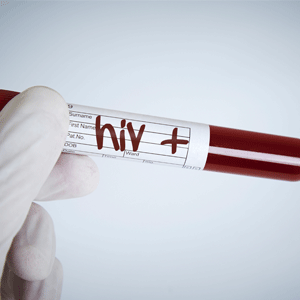Anesthesia Technology Perfect For Rural East Africa
Surgery involving anesthesia always poses a risk to patients – regardless of whether the procedure itself is considered minor or major. These risks are compounded in rural settings, which frequently lack clinical resources required to ensure positive surgical outcomes, particularly if patients do not respond as expected.
Due to a lack of proper equipment and the ability to monitor physiological measurements, the mortality from general anesthesia is said to be as high as one in 150 in some regions of sub-Saharan Africa, according to the World Health Organisation (WHO).
In addition to a lack of medication and proper infrastructure, some communities also face significant challenges when it comes to the equipment required to monitor patients’ vital signs during surgery.
With these challenges in mind, GE developed the Carestation 30, which was designed specifically for use in areas that have limited medical resources and is now being reintroduced to East African countries such as Kenya, Uganda, Tanzania and Ethiopia.
“The Carestation 30 is a very robust piece of equipment. It’s also small and slim enough to fit into theaters in rural hospitals, which aren’t very big,” said Doreen Khasandi, Modality Manager at GE Healthcare Life Care Solutions Eastern Africa.
Blood oxygen levels (SpO₂) are one of the most crucial indications for anaesthetics, as they indicate how the patient’s organs are functioning during surgery, and accurate monitoring is a critical indicator, according to the WHO’s Surgical Safety Checklist. The Carestation 30 is able to provide accurate ventilation and monitoring.
The Carestation 30 has an extended battery life of up to six hours, making it a useful addition to clinics which experience an erratic electricity supply.
“The machine is particularly good for rural areas because if it breaks down, it is easy to give instructions on how to fix it and the person doing the repair doesn’t have to be a technician. The other good thing about this equipment is that it can handle a variety of surgeries from minor ones to major operations such as open-heart surgery. Doctors who have used the machine appreciate the accuracy with which it delivers the anesthesia,” said Khasandi.
Due to a lack of proper equipment and the ability to monitor physiological measurements, the mortality from general anesthesia is said to be as high as one in 150 in some regions of sub-Saharan Africa, according to the World Health Organisation (WHO).
In addition to a lack of medication and proper infrastructure, some communities also face significant challenges when it comes to the equipment required to monitor patients’ vital signs during surgery.
With these challenges in mind, GE developed the Carestation 30, which was designed specifically for use in areas that have limited medical resources and is now being reintroduced to East African countries such as Kenya, Uganda, Tanzania and Ethiopia.
“The Carestation 30 is a very robust piece of equipment. It’s also small and slim enough to fit into theaters in rural hospitals, which aren’t very big,” said Doreen Khasandi, Modality Manager at GE Healthcare Life Care Solutions Eastern Africa.
Blood oxygen levels (SpO₂) are one of the most crucial indications for anaesthetics, as they indicate how the patient’s organs are functioning during surgery, and accurate monitoring is a critical indicator, according to the WHO’s Surgical Safety Checklist. The Carestation 30 is able to provide accurate ventilation and monitoring.
The Carestation 30 has an extended battery life of up to six hours, making it a useful addition to clinics which experience an erratic electricity supply.
“The machine is particularly good for rural areas because if it breaks down, it is easy to give instructions on how to fix it and the person doing the repair doesn’t have to be a technician. The other good thing about this equipment is that it can handle a variety of surgeries from minor ones to major operations such as open-heart surgery. Doctors who have used the machine appreciate the accuracy with which it delivers the anesthesia,” said Khasandi.



Comments
Post a Comment